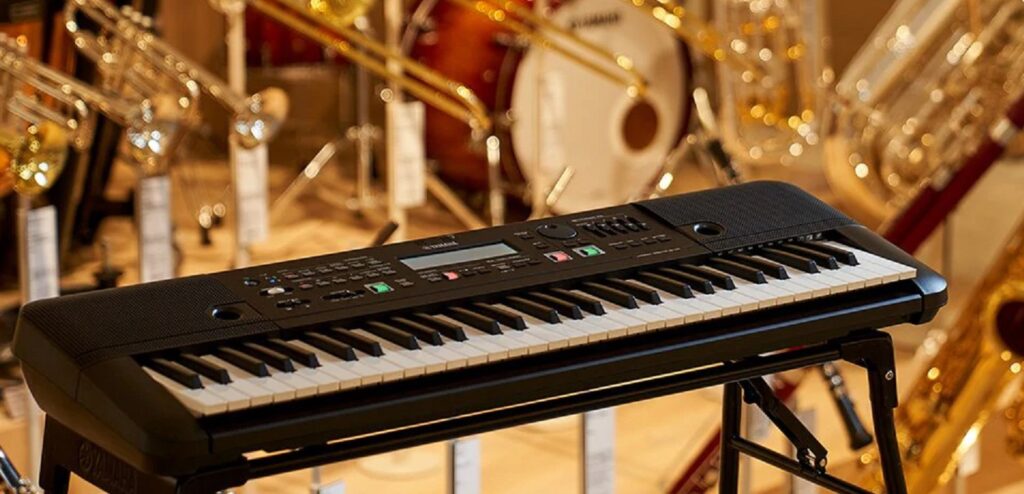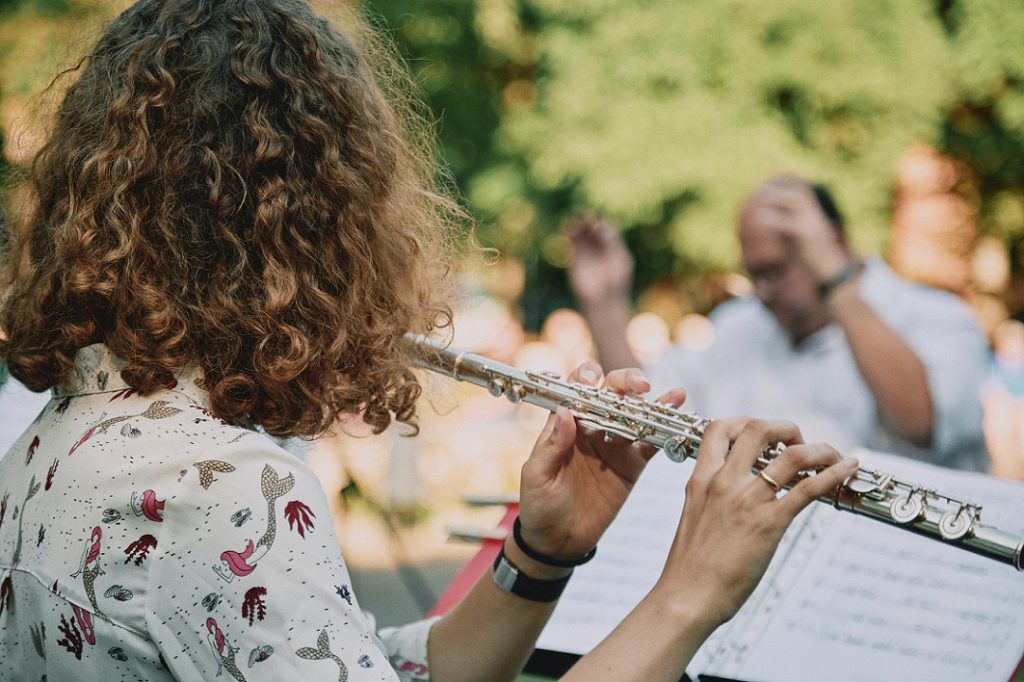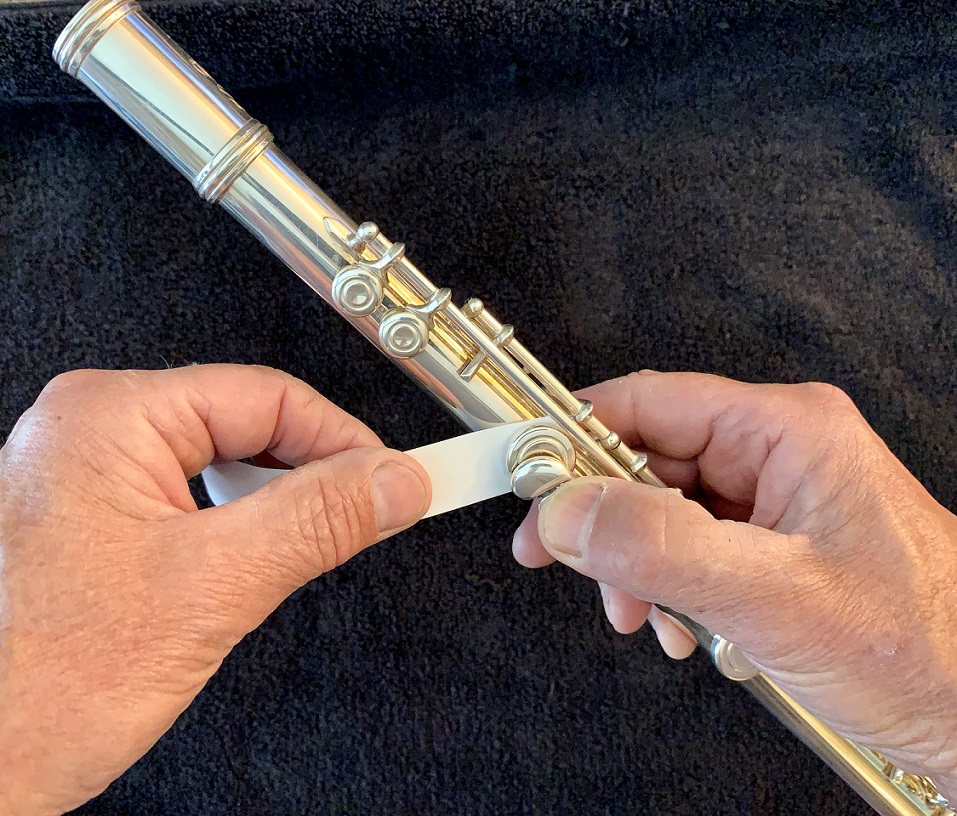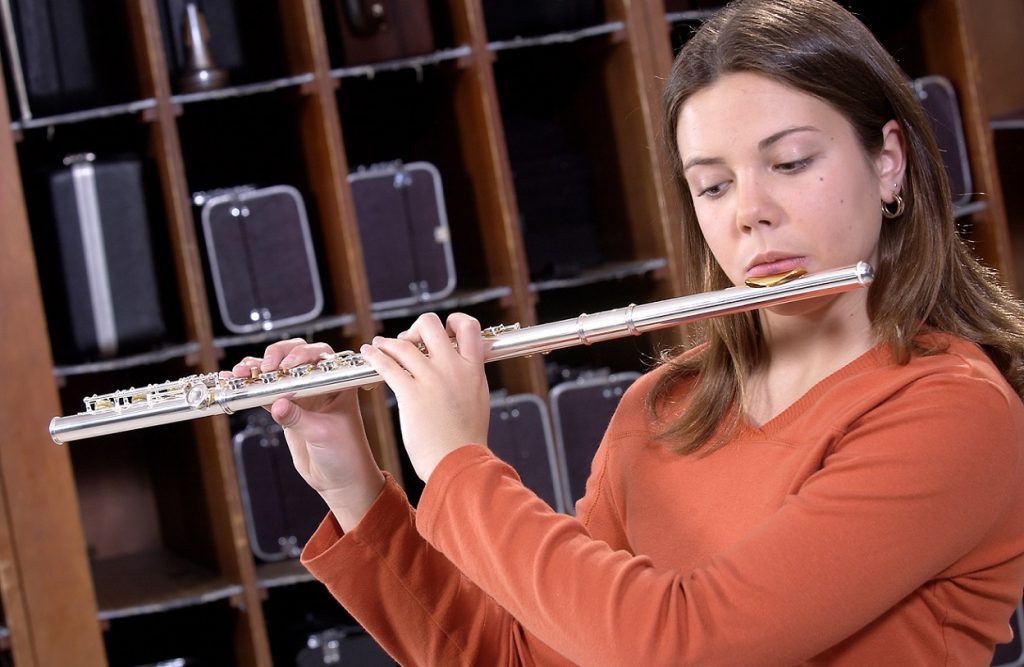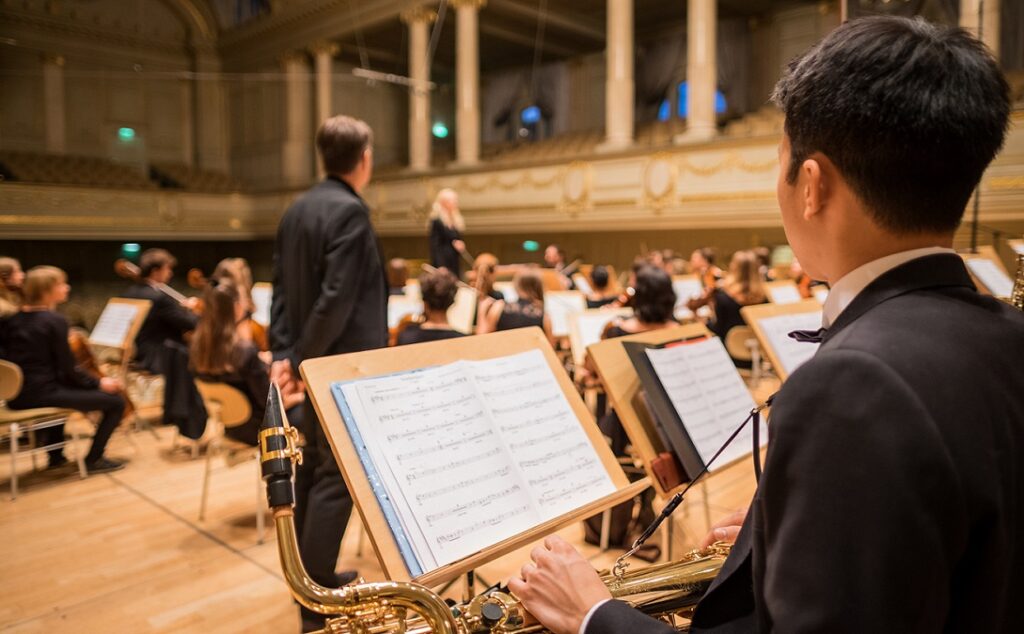Five Facts About the Piccolo
Many people equate the piccolo with the flute, but the tiny higher-pitched instrument has an interesting history of its own.
Ah, the piccolo — the little woodwind that is quite possibly the most joked-about orchestral instrument. However, the piccolo has always held a special place in my heart despite its reputation for being difficult to play, shrill, and piercing. I enjoy controlling the highest of the high-end into mellow pianissimos.
I first learned to play the piccolo out of necessity. On a fateful day when I was a first chair flute player in 9th grade, my band director handed me a small case. I spent the rest of the rehearsal endlessly blowing air and not making a sound. That was my first sign that the piccolo was very different from the flute.
While many flutists double on the piccolo, the little instrument has a separate history and setup from its larger counterpart.
Here are five things you probably didn’t know about the piccolo.
1. It Has a Conical Bore
The piccolo’s unique internal shape changes the core of its sound. Many conical-bore woodwinds, such as the medieval double-reed instrument called the shawm, were originally used to project very loudly over noisy or spacious environments. The sound of instruments like the shawm and piccolo can travel long distances, even when played outside.
Most flutes, on the other hand, are nearly entirely cylindrical with just the slightest taper on the far left side of the instrument at the end of the headjoint.
While some metal piccolos have cylindrical bores, most professional piccolos have a conical bore, which changes the soundwave it produces. The result is a unique timbred instrument with a rich and even range of sound.
Other instruments that have conical bores include the French horn and saxophone.

2. Its Name Causes Confusion
The word piccolo simply means small, but the instrument’s older name, the flautino, caused some confusion because it was the name of another small woodwind. The flautino was an instrument that came before the piccolo; it was a small recorder that was often used in the Baroque era.
This means that there is a chance that the piccolo part in Handel’s “Rinaldo,” which is believed to be the first classical piccolo part to be written, might actually have been played by a small recorder instead.
It’s difficult to decipher whether composers intended for the pieces to be played by the transverse (piccolo) or the vertical recorder, both known as flautino. Similarly, small duct flutes called flageolets were also sometimes described as flautino.
The piccolo has had many other names, such as flauto traverso oder à l’octave (transverse flute at the octave), ottavino (which means eighth in reference to the instrument being eight notes higher than the flute), and petite flûte (little flute).

3. It Is Used to Represent Nature
Often described as a flourish or “garnish” instrument, the piccolo commonly represents the fleeting motif of a bird or cricket. The piccolo represents bird calls alongside the violin in Ravel’s “Daphnis et Chloe.” Similarly, in Stravinsky’s ballet, “The Firebird,” the piccolo represents the mythical creature taking to the sky. And in Telemann’s “Grillen Symphony,” also known as the “Cricket Symphony,” utilizes the piccolo to create a quirky feeling.
The piccolo has also been used to represent wind, water, howling, and lightning in various compositions. Operatic music from the 1800s often used the instrument for special effects with one of the most notable examples being the lightning in Verdi’s “Rigoletto.”
Other common uses for the piccolo include in operatic overtures (especially Rossini) and even for military entrances (such as in Mozart’s opera, “Die Entführung aus dem Serail”).
4. Its Use Changed Over the Centuries
The precursors to the piccolo, which were called military transverse flutes, were used in military battles starting around the Middle Ages. This iteration of the small flute had just 6 open holes. Eventually, instrument makers began adding keys. By the early 1700s, the instrument had grown into something close to the piccolo we know today.
It was around this time that composers like Handel and Vivaldi began using the piccolo in concert music. The first known concert piece to use the piccolo was supposedly Handel’s “Rinaldo,” which premiered in 1711, but due to the confusion over the instrument’s name, the first piece for piccolo may have been a bit before or after this time.
Beethoven is also known for being one of the first composers to use the piccolo in a symphony. The last movement of Beethoven’s “Fifth Symphony” has bombastic brass music. This section of music was the piccolo’s first cameo in a symphony.
As the piccolo became more common in orchestras (and orchestras grew as the romantic era approached), the instrument began doubling violins and adding soaring melodies or countermelodies on top of the flute. The use of the piccolo is a far cry from its original intention, which was to signal an incoming army/battle.
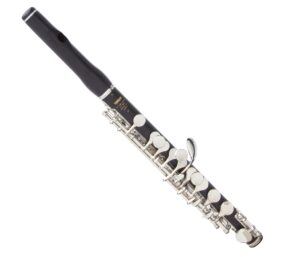
5. It Was Commonly Found in Db
When people think of the flute, they picture the C concert flute, but there are alto flutes (G) and the much less common flute d’amour (in Bb or A). The piccolo usually comes in C today, but one special piccolo, the Db piccolo, was made for a specific purpose — playing in bands with brass (think Sousa marches).
Before flutes and piccolos were standardized, the Db piccolo was common in military bands. You may even see the rare Db piccolo today, as it is much easier to play difficult excerpts like the solo in “Stars and Stripes Forever.” The Db piccolo is more friendly because brass bands often played in keys with multiple flats, so the fingerings and transitions were easier.
Top photo by Janisphoto / Adobe Stock.











